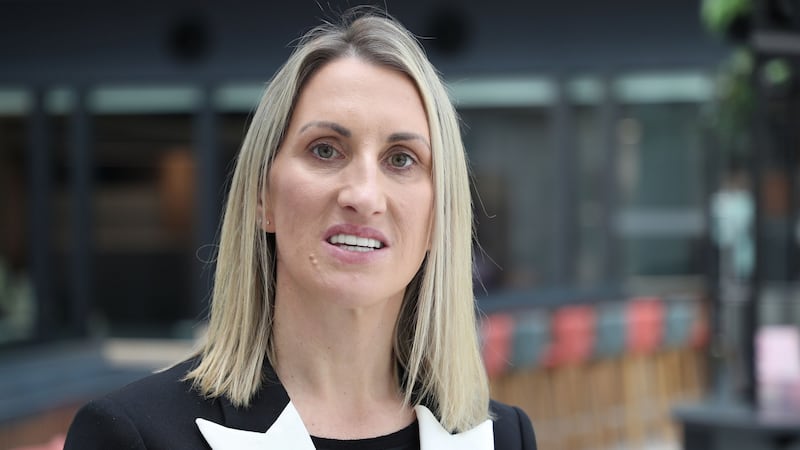"2020 changed work forever for everybody," says Geraldine Casey, chief people officer at AIB, which last summer became the first company in Ireland to introduce a right to disconnect policy for employees. It was part of its effort to ease the transition to remote working, which then happened unexpectedly for 6,500 employees last March.
The guiding principles of the policy state that all meetings should be scheduled during normal working hours – not including lunchtime. “Respect people’s time by only inviting them where they need to play an active role and have something to contribute,” it suggests, adding that employees should block out time where they are not available for meetings “so that you can temper how much virtual communication you have each day”.
The policy, devised in collaboration with the workforce, also states that “downtime is important, and we expect you to disconnect from work email on evenings, weekends, and during annual leave. Try to only check or send emails during normal working hours.”
It recommends that, for people who may choose to work in the evenings as part of their flexible working arrangement, they add a signature to their email which states: “I am currently working flexibly – so whilst it suits me to send this email now, I do not expect a response or action outside your own working hours.”

Employee feedback
The policy came about, Casey says, because of employee feedback on the difficulties of “juggling work and sometimes childcare, and finding ways to disconnect”.
Now, a year on, “we’re still in that space where the majority of our staff are continuing to work from home where they can, with the exception of branches and call centres”. Role modelling by executive team members and managers was essential to ensuring the right to disconnect policy didn’t become a well-intentioned email that sat unread in everyone’s inbox.
AIB is preparing for a “a new disruption that will be as big as last year. That’s hybrid working – a blended model where some employees will return to the workplace and others will continue to work from home,” says Casey.
Staff surveys found many people “want to be able to come to the office some of the time, but not all of the time; they want the freedom to be able to do both”.
The solution to the challenge of ensuring everyone feels included, and that nobody’s remote work choice will negatively impact on their career, will lie in “making sure that people feel whether they’re there in person or not in person, that they get the same opportunities”.
This means, Casey says, ensuring “everyone gets the opportunity to contribute where they need to contribute on mixed calls. And I think really doubling down on making sure that whether people are physically present or whether they’re dialled in that we’re clear on the ways of collaborating.”








